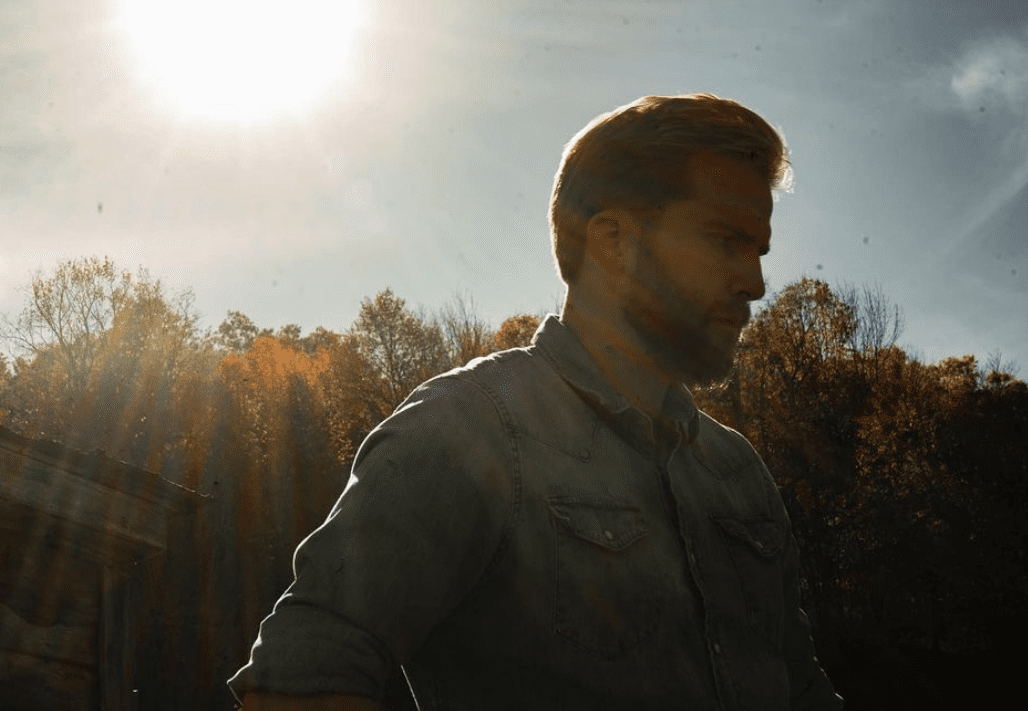Hot DAMN.
There aren’t many albums that I’ll click “play” on right at the stroke of midnight (or 11 PM here in central time). But as soon as it was released, I couldn’t pull up Charles Wesley Godwin‘s new album, How The Mighty Fall, fast enough.
And it didn’t disappoint.
But before we get to that, let’s step back – just in case you’re not yet familiar with Charles like you should be.
The Morgantown, West Virginia native is a masterful songwriter. And his folksy storytelling rooted in his home state, set against the backdrop of fiddle and steel, paired with his powerful, gritty voice, makes him one of the most compelling artists out there right now.
I’ve said many times before that the best country music isn’t coming out of Nashville right now – it’s coming out of Appalachia. And right up there alongside guys like Tyler Childers and Chris Stapleton, there’s Charles Wesley Godwin.
His first album, Seneca, was set in the hollers and hills of the Mountain State, with songs like “Coal Country” and my personal favorite, “Sorry For the Wait,” which was a haunting love letter from a man killed in the Monongah mine disaster not far from Charles’ home.
For the follow up to Seneca, Charles said he branched out a little bit:
“I try to write with a sense of place.
Up until now, that setting has always been my home, but I don’t think this new album is as locally-focused as my previous release. I hope these songs will connect with people wherever they live.”
And while that may be true, one thing that didn’t change is Charles’ ability to paint a picture – to tell a story in a way that keeps you listening from the first note to the last.
There’s the title track, “How the Mighty Fall,” which was inspired by an elderly lady that Charles saw struggling to walk up the steps into church one morning – and how it’s an inescapable fate for even the mightiest among us.
“I thought, she must have really been something, back when the world was in her hands, the future bright and death was a distant, trifling thing that she one day might be inconvenienced with.
The very next day, the title track “How the Mighty Fall” was written in full.”
Then there’s “Cranes of Potter,” which Charles was inspired to write after hearing about the discovery of remains from a Civil War-era woman during construction of a natural gas cracker plant in Pennsylvania, not far from his home. Curious about the woman’s story and how she met her demise, Charles decided to write her story himself.
It’s one of the best pieces of storytelling on the entire album – and one that you need to really listen to in order to take in the full brilliance of the story and the songwriting.
Charles wrote another song on the album, “Jesse,” after seeing some spray-painted graffiti underneath a bridge while he was out on the run. After reading the words “Are you thinking of me like I’m thinking of you?” under that bridge, Charles began to think about who could have written it – and why.
“I thought on those words the rest of my run and began to fantasize about who that might be about. Soon thereafter, “Jesse” was started.”
The entire album is full of stories inspired by little moments like this – and put into song like only a master wordsmith like Charles could do.
How the Mighty Fall is a little more polished than his first album: It’s not quite as rough around the edges, and it’s full of bold instrumentation.
But just like Seneca, this one will suck you in from the beginning and keep you hanging on to every word.
